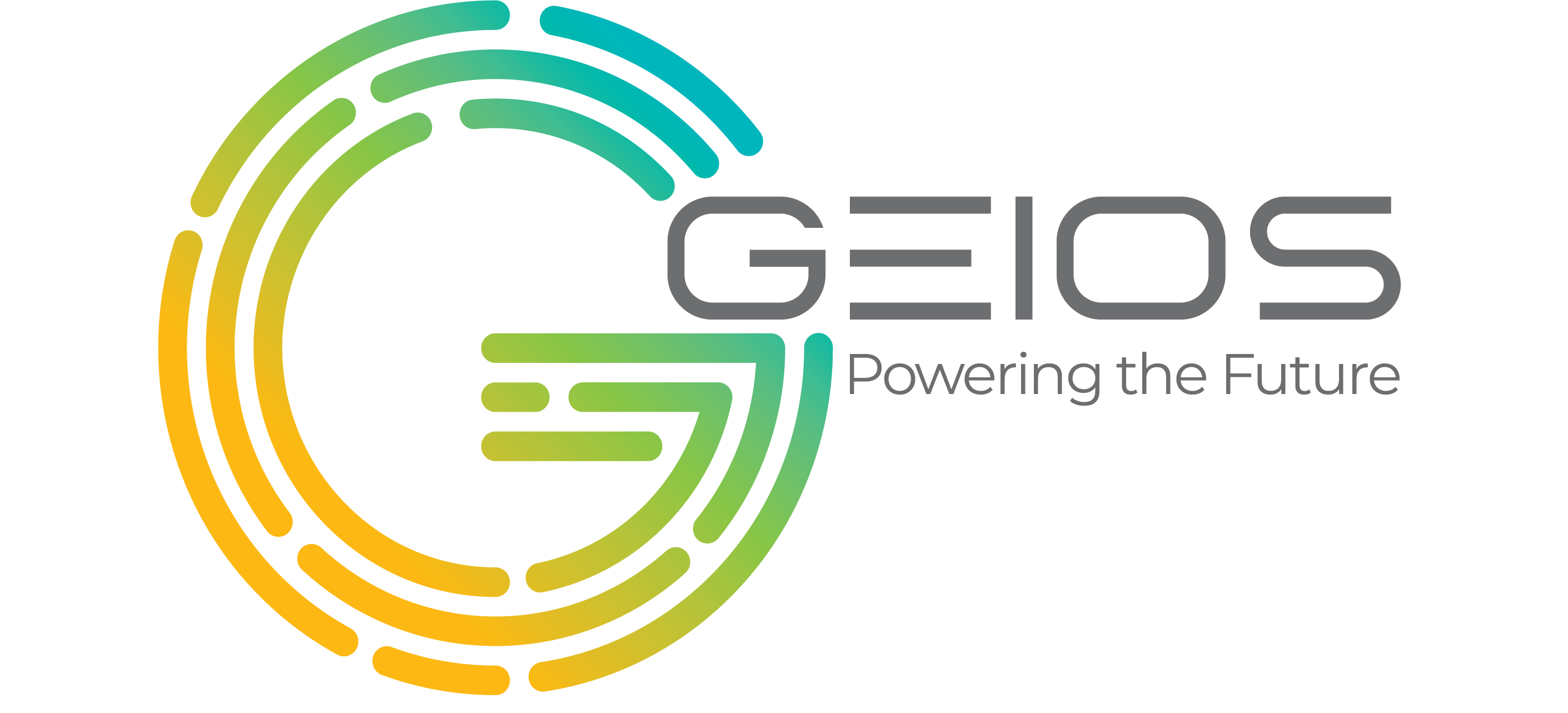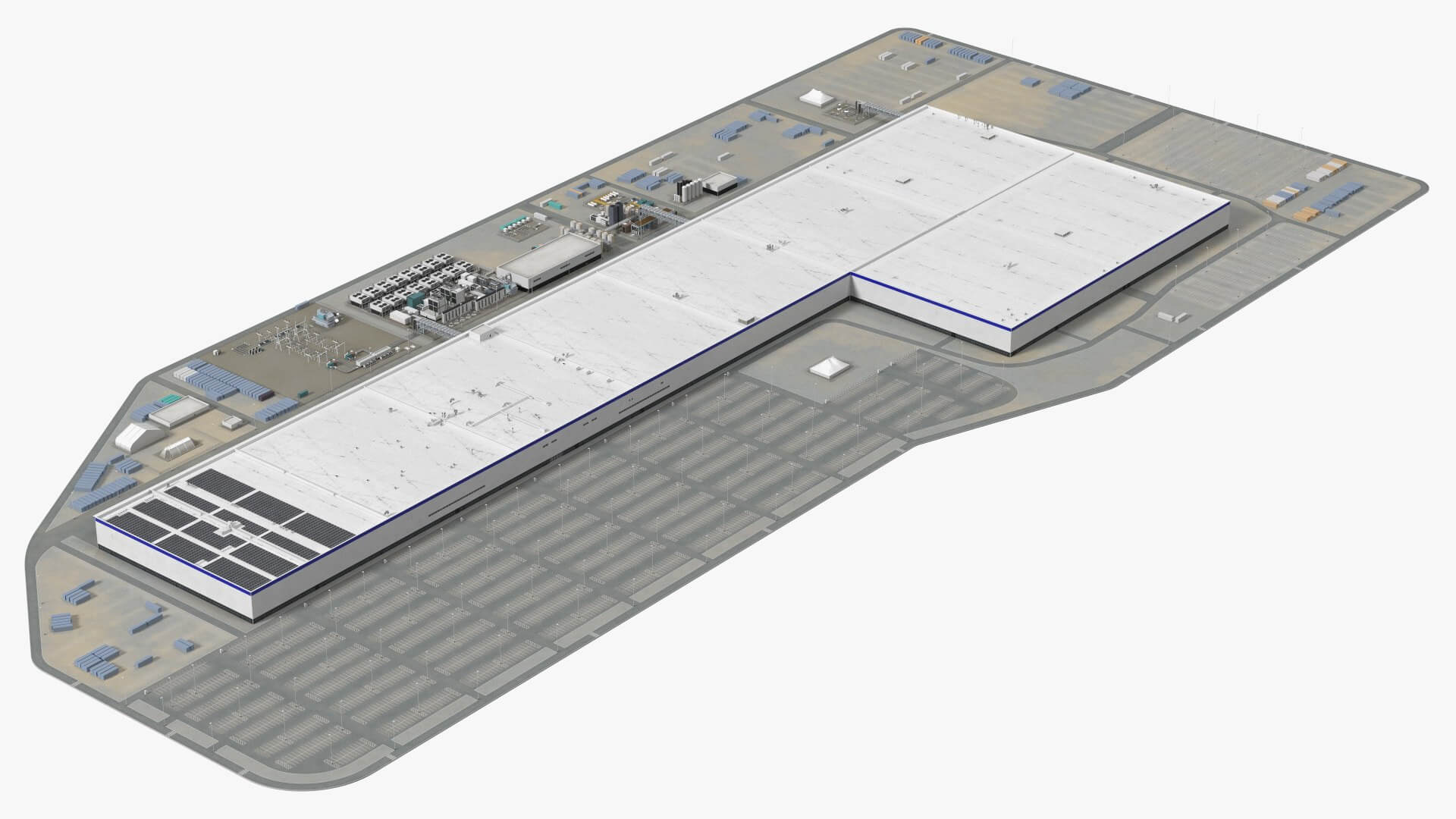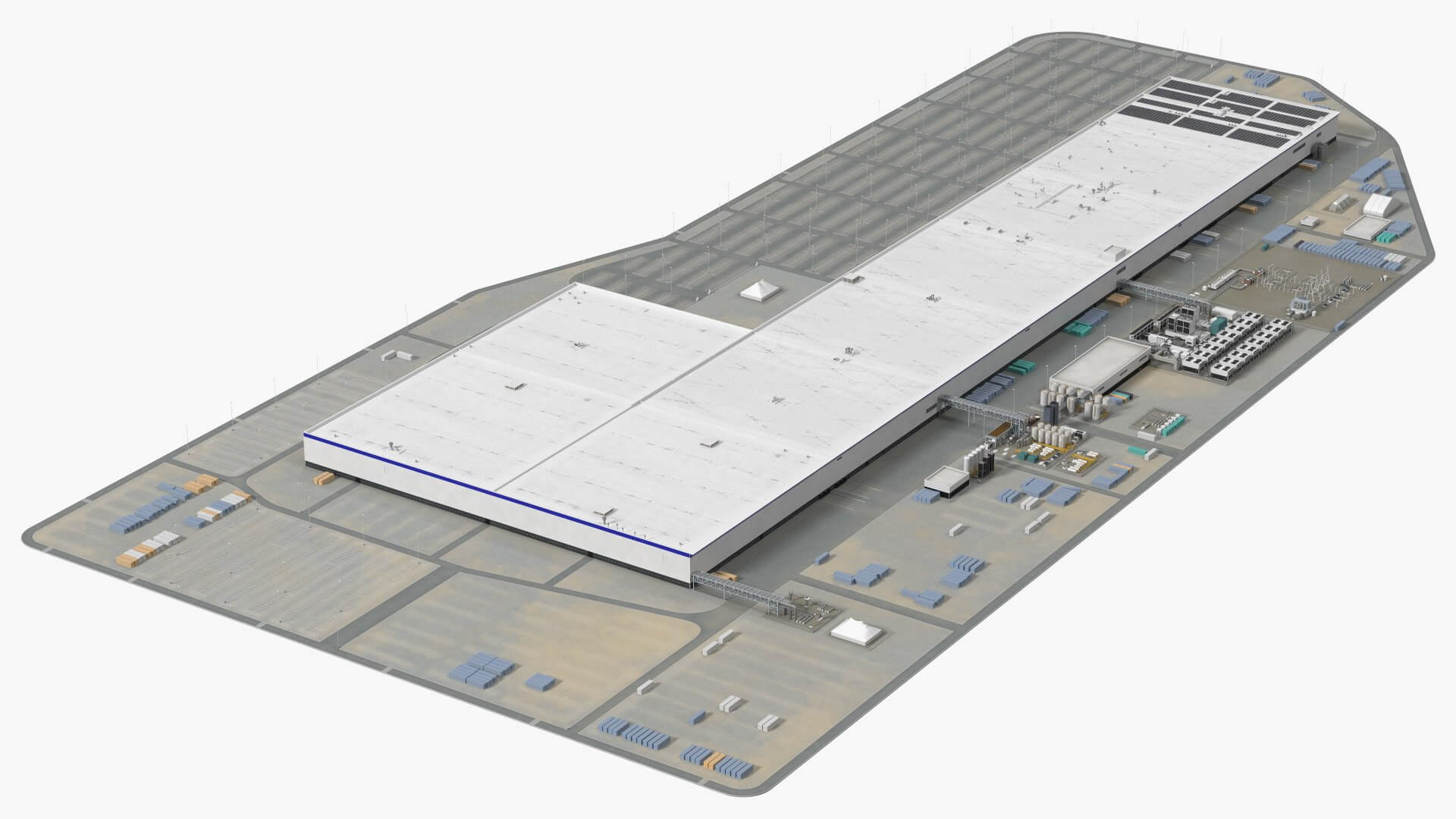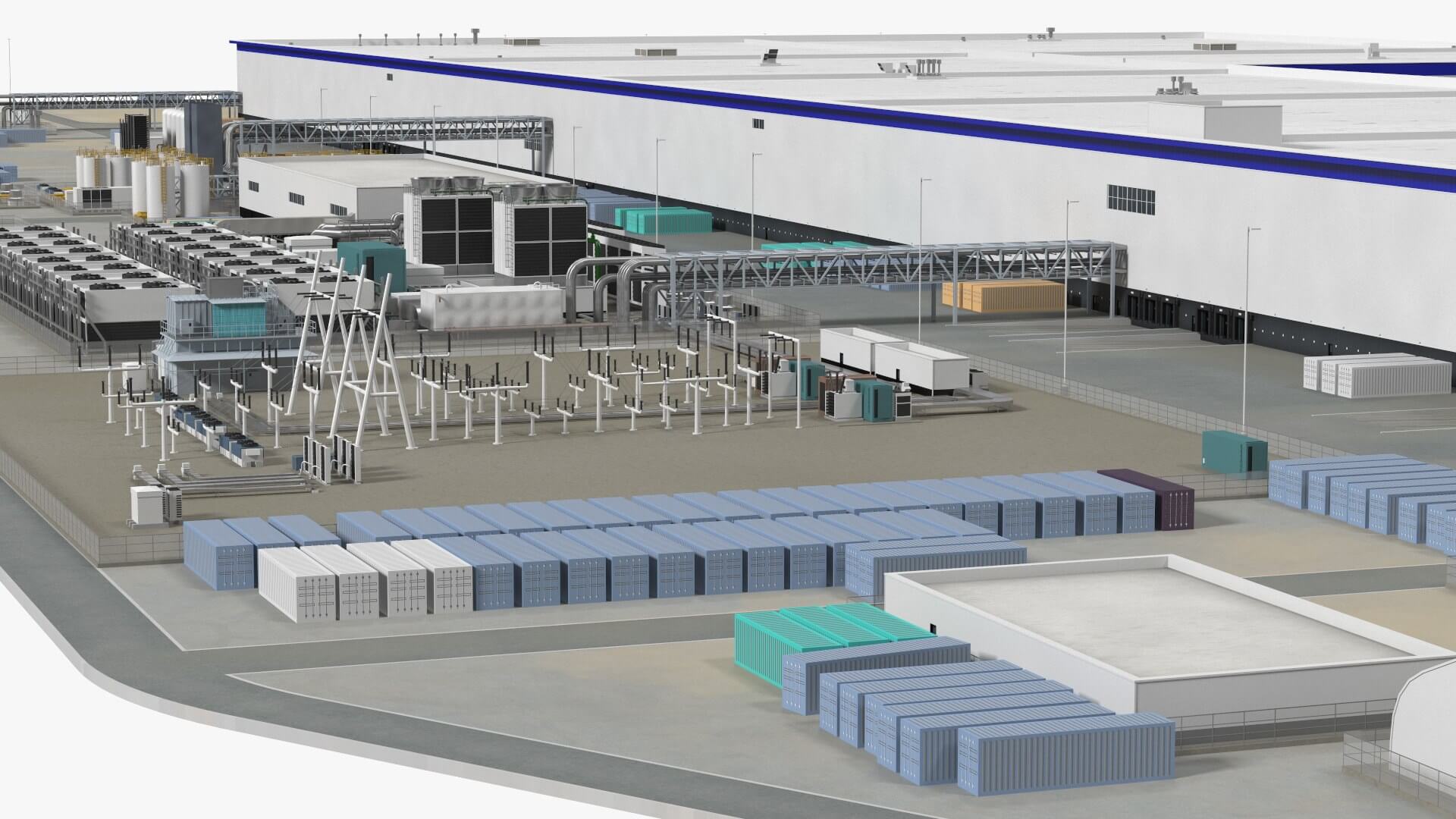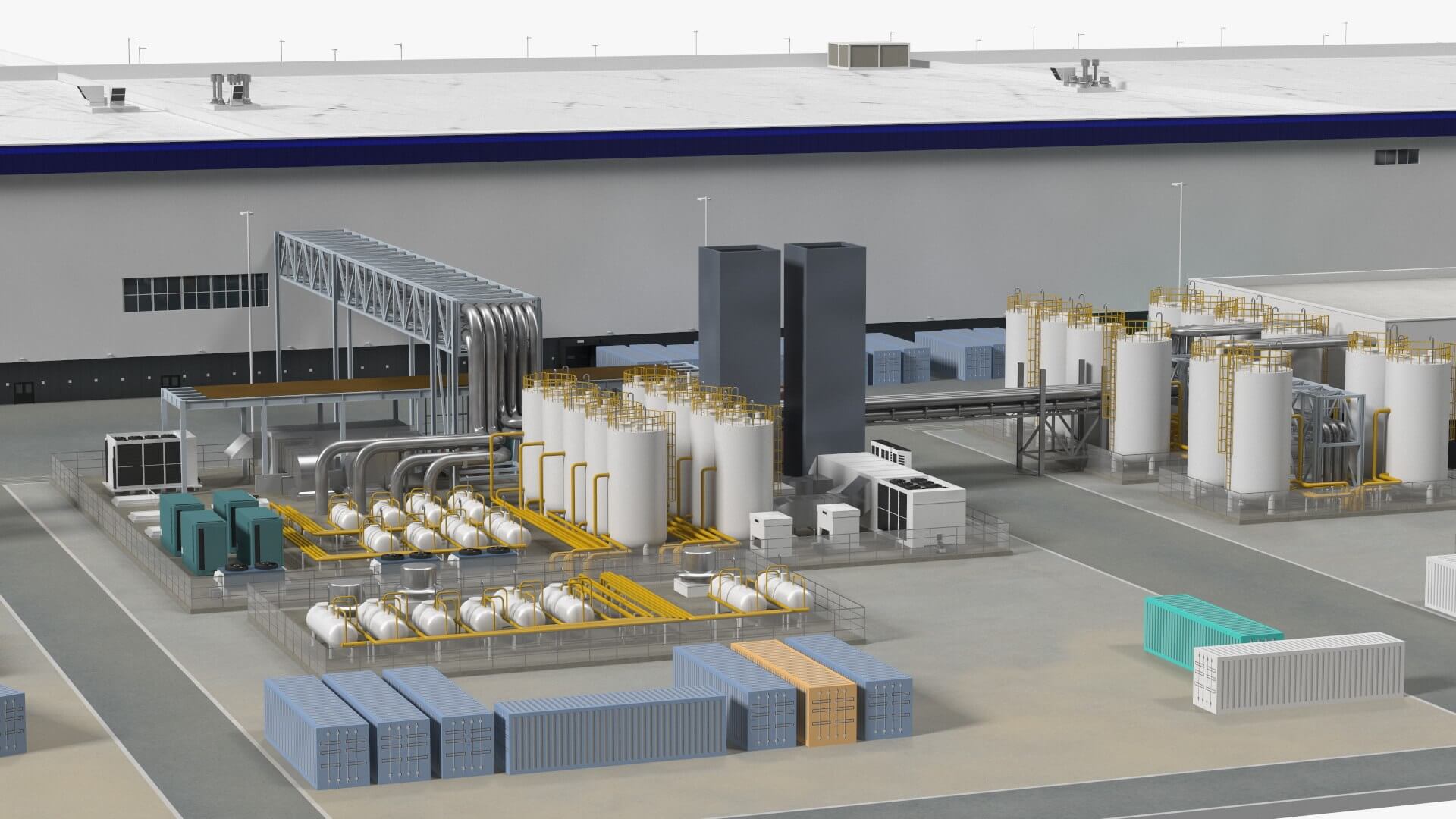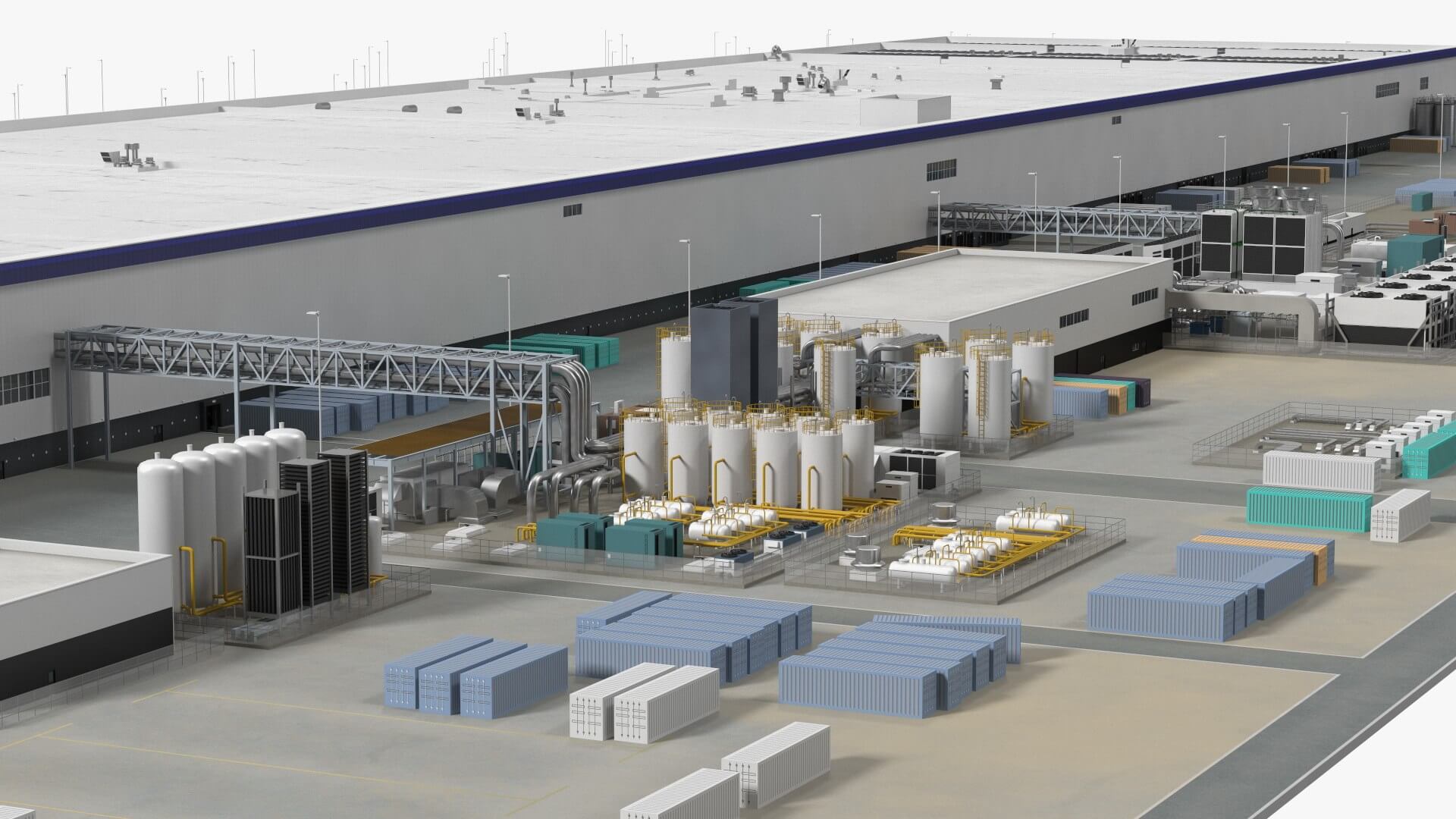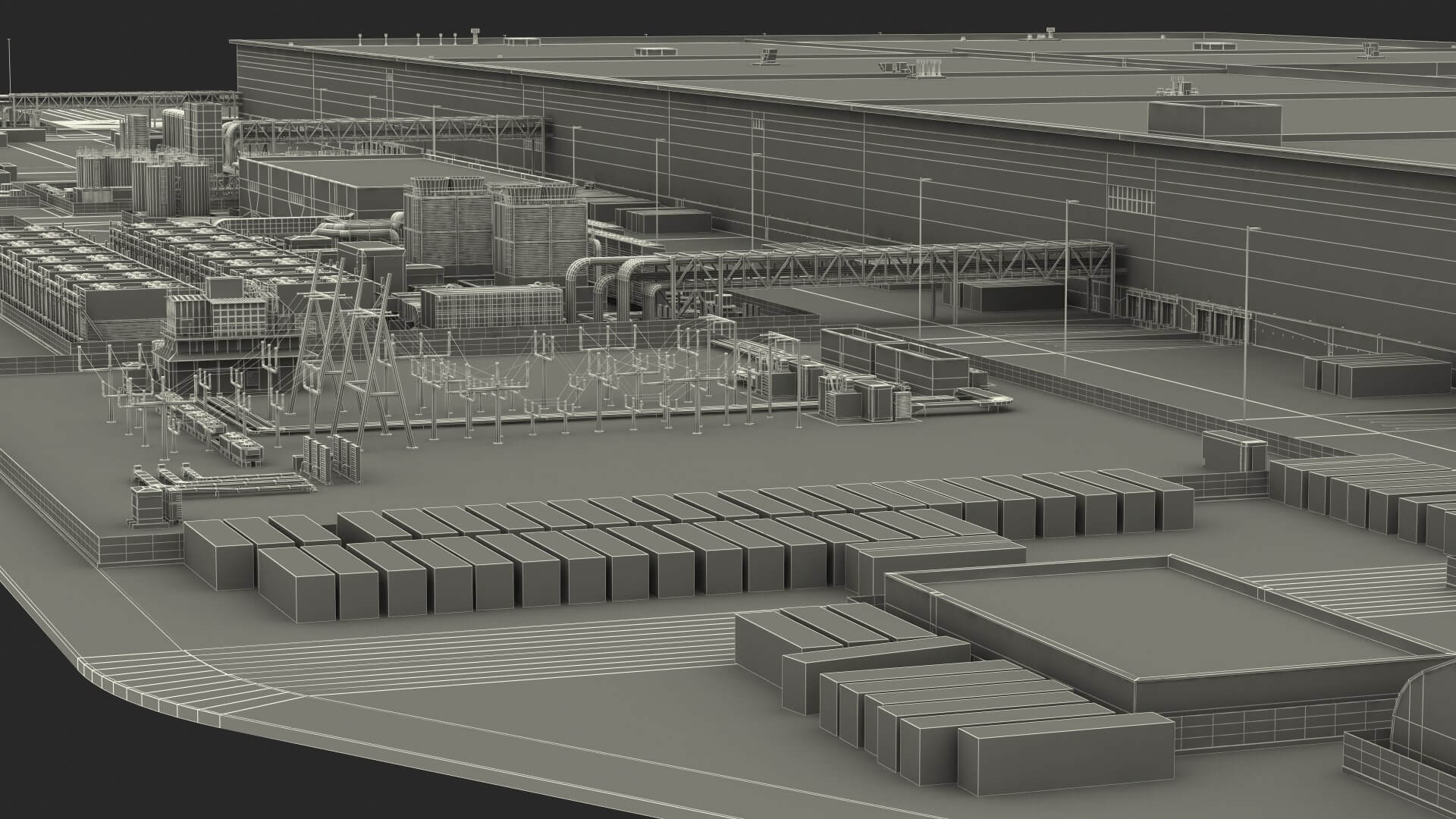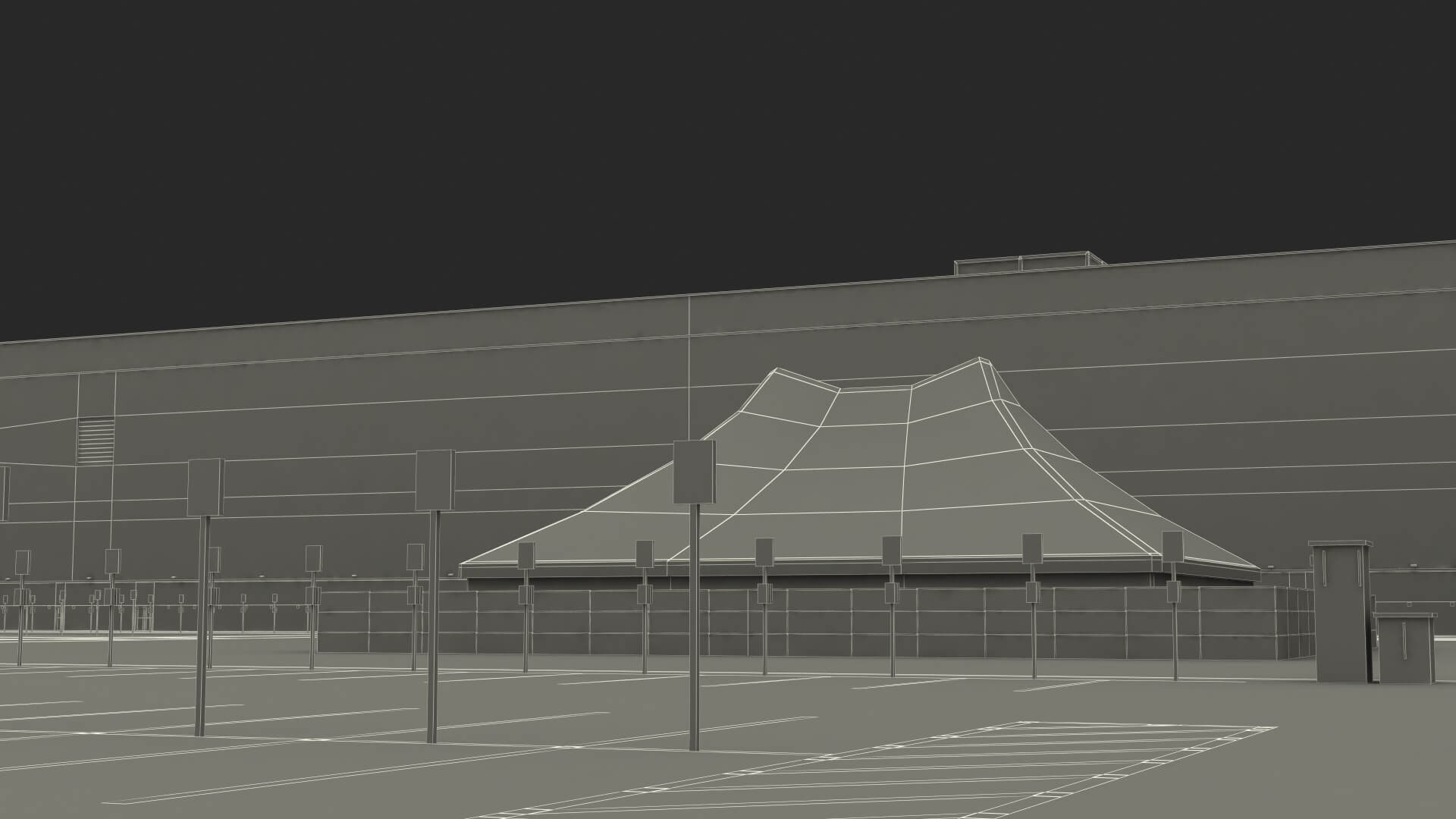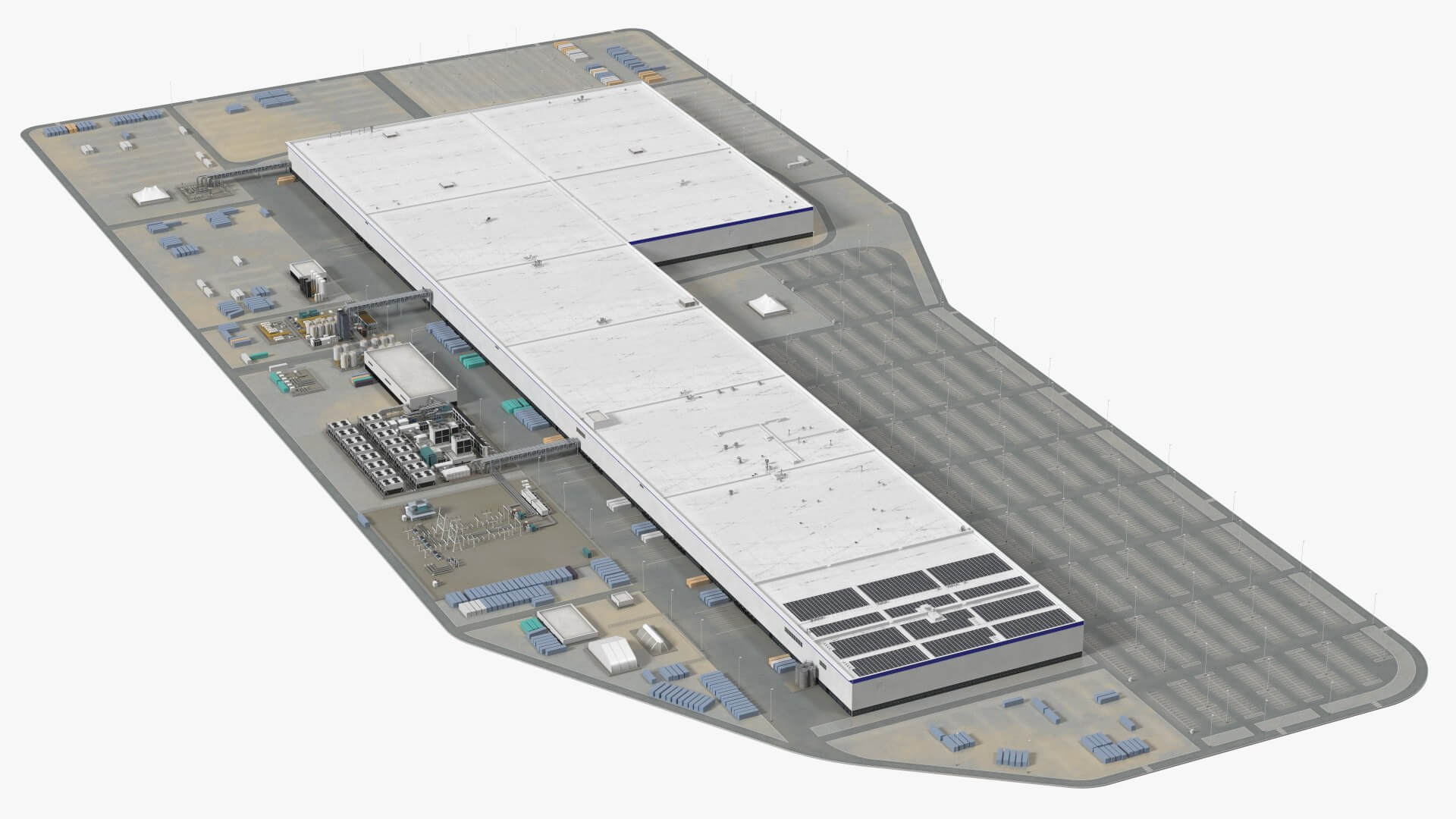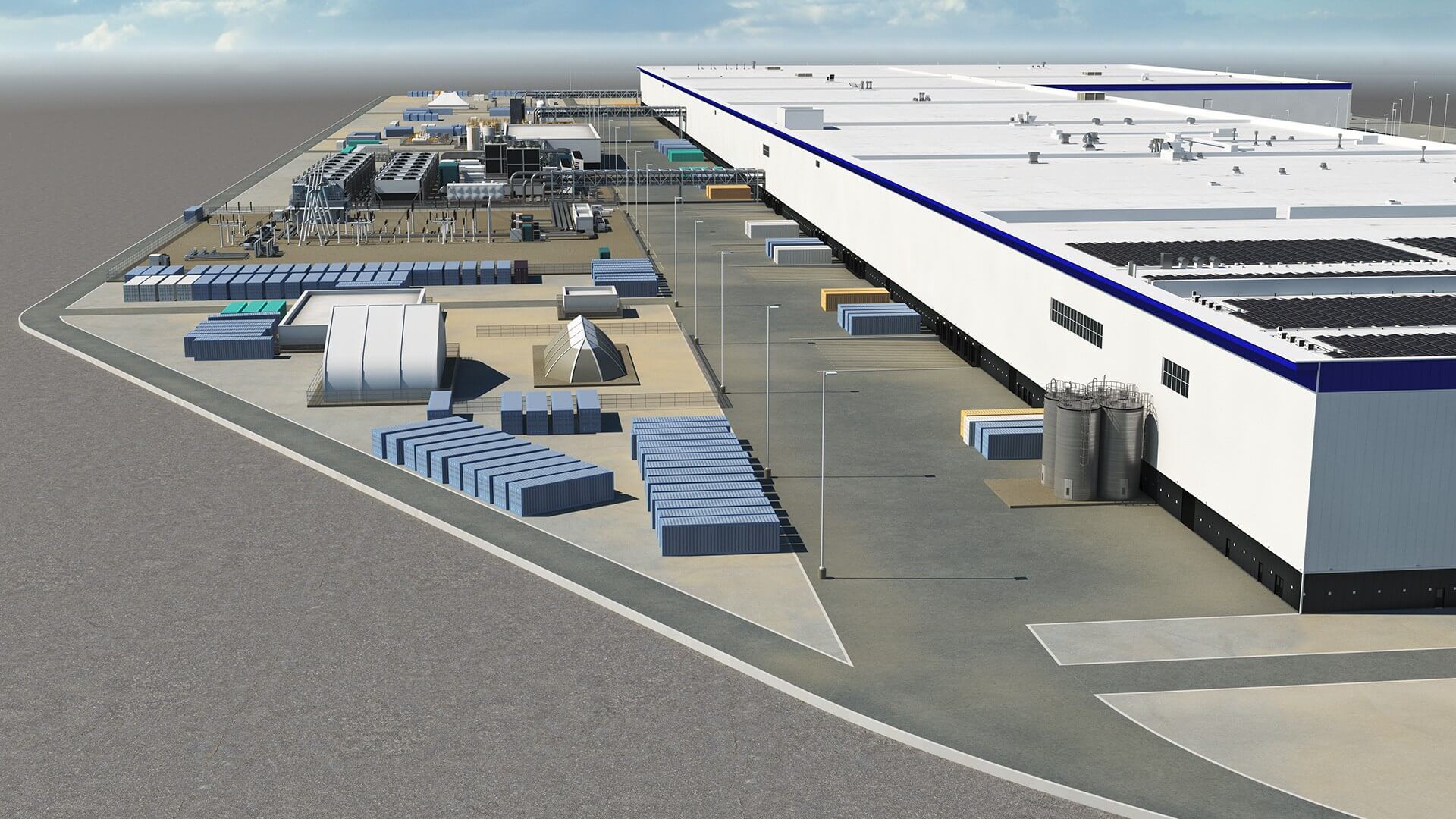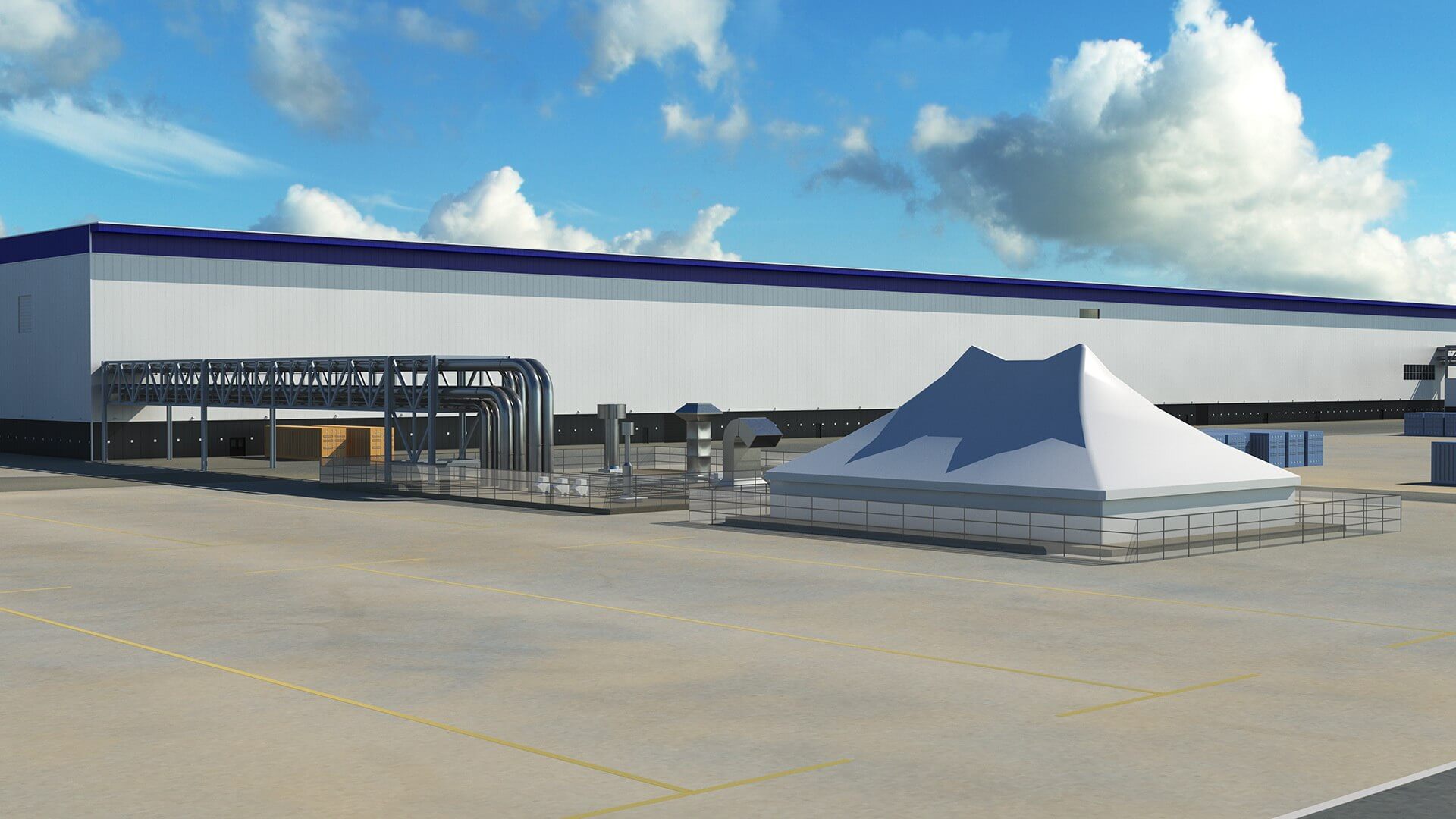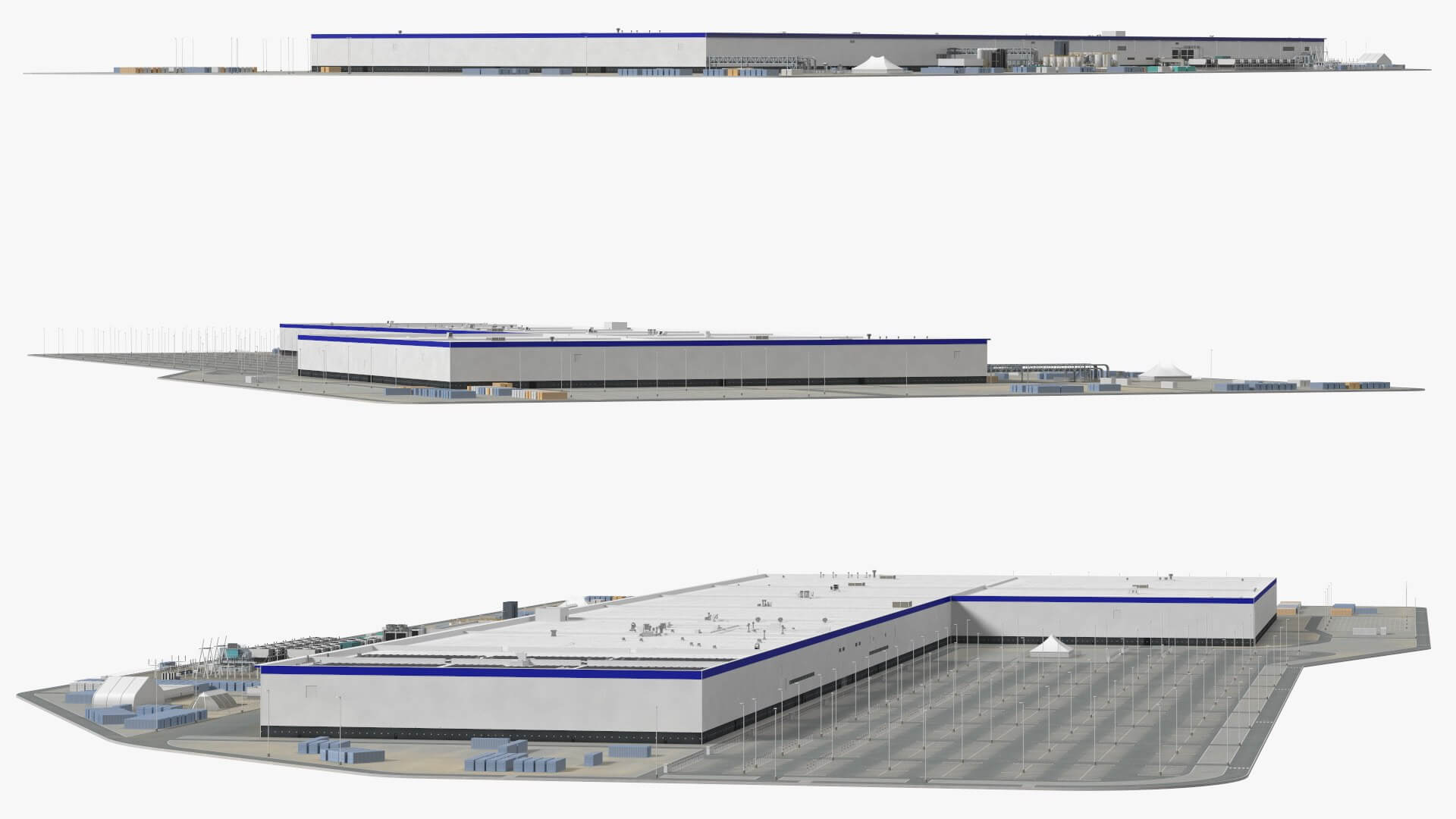Introduction to Nanogeios

Benefits of Nanogeios
Increased Efficiency: Through nanoscale engineering, Nanogeios optimizes heat transfer, allowing for more efficient extraction and utilization of geothermal energy. The enhanced thermal conductivity of nanomaterials enables greater energy yields, resulting in higher overall system efficiency.
Scalability: Nanogeios provides a scalable solution for geothermal energy production. By utilizing nanotechnology, we can design and implement geothermal systems of varying sizes, adapting to different geological conditions and energy demands. This scalability opens up new opportunities for geothermal energy utilization across various sectors, from residential and commercial applications to industrial and utility-scale projects.
Cost-Effectiveness: Nanogeios offers cost-effective geothermal energy solutions. The improved efficiency and scalability reduce operational costs and enhance the economic viability of geothermal projects. By maximizing energy extraction and minimizing resource requirements, Nanogeios ensures a more sustainable and financially attractive option for clean energy production.
By integrating nanotechnology into geothermal energy production, Nanogeios drives innovation in the renewable energy sector. It unlocks the potential of geothermal resources, providing a reliable, efficient, and cost-effective solution for sustainable power generation. Experience the benefits of Nanogeios and embrace a greener future powered by advanced nanotechnology.
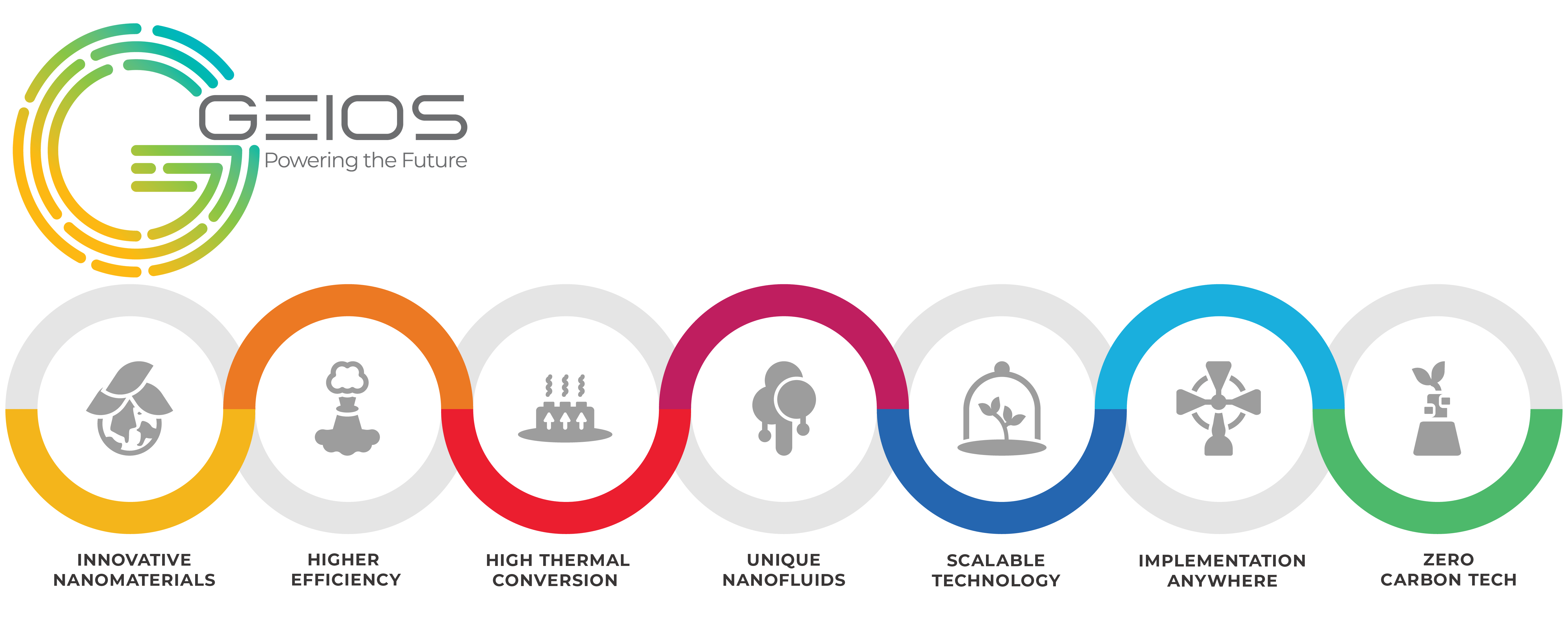
Future Developments
Researchers was investigating the utilization of advanced nanomaterials, nanofluids and colloidals in order to optimize heat transfer and increase energy conversion rates at a level that AGS or even EGS cannot reach. By manipulating the properties of these materials at the nanoscale, our scientists successful aim was to maximize the capture and utilization of geothermal energy.
To prove the concept, several studies in relation with universities has been performed with the objective to explore the integration of nanotechnology and this potential for GEIOS to be integrated with new physical concepts, so we can create the best hybrid systems that can further increase overall energy production and stability. This interdisciplinary approach opens up new avenues for collaboration and synergy among various clean energy sources.
The field of nanotechnology linked to GEIOS is ripe with potential for further advancements. By leveraging emerging technologies, such as nanotechnology, nanofluids and metamaterials, researchers are seeking to improve the design and efficiency of GEIOS systems and propose a solution that no other company in the world has been able to achieve in the field of geothermal. Advanced modeling, finite element analysis and simulation techniques was employed to optimize the performance and reliability of these systems under varying geological and environmental conditions.
As our under patent technology continuously evolve at higher levels, it holds the promise of revolutionizing the geothermal energy sector, paving the way for a more sustainable and efficient future. Through ongoing research and development efforts, we are excited about the possibilities that lie ahead and the potential for GEIOS and this nanotechnology solution to reshape the global energy landscape.

Leading the Nanotechnology Manufacturing Revolution in Geothermal Energy
Our manufacturing process is built on a foundation of innovation and excellence. We have invested in advanced equipment, precision machinery, and highly skilled technicians to ensure the highest quality production. Our facility boasts a complete laboratory that enables rigorous testing and quality control, guaranteeing the reliability and performance of our nanofluid, nanomaterials, and geocasing.
With our dedicated team of scientists and engineers, we are at the forefront of nanotechnology research and development. We constantly push the boundaries of what is possible, exploring new materials, formulations, and manufacturing techniques to enhance the capabilities of our products. Our commitment to continuous improvement drives us to deliver the most advanced and efficient solutions to our clients worldwide.
As a vertically integrated manufacturing facility, we have full control over the production process, from raw material sourcing to final product assembly. This allows us to maintain strict quality standards, optimize efficiency, and ensure timely delivery to our customers. We take pride in our ability to provide end-to-end solutions, offering a seamless experience for clients looking to integrate GEIOS technology into their projects.
In addition to our manufacturing capabilities, our facility serves as a hub for collaboration and knowledge exchange. We actively engage with academic institutions, research organizations, and industry experts to stay at the forefront of nanotechnology advancements. This collaborative approach enables us to stay ahead of the curve and deliver cutting-edge solutions that push the boundaries of geothermal energy extraction.
At our nanotechnology manufacturing facility, we are passionate about driving the global transition towards clean and sustainable energy. By harnessing the power of nanomaterials and advanced manufacturing techniques, we are proud to be a leading provider of the key components that enable GEIOS technology to revolutionize the geothermal industry.
We invite you to explore our facility, witness our advanced manufacturing processes, and discover how our nanotechnology is shaping the future of geothermal energy. Partner with us to unlock the full potential of GEIOS technology and embrace a greener, more sustainable world.
Pioneering GEIOS Manufacturing for Nanotechnology-Driven Solutions for the Energy Industry
Collaboration Opportunities
We actively seek new partnerships and collaborations with esteemed researchers, industry experts, and organizations who share our passion for advancing geothermal energy with nanotechnology.
By joining forces, we can accelerate the development and implementation of GEIOS technology, revolutionizing the geothermal industry and creating a sustainable future.
Together, we can unlock a new full potential of nanotechnology in geothermal energy production and make a significant impact in addressing the global energy challenges we face. If you are interested in partnering with us or exploring collaboration opportunities, we welcome you to reach out and join us in shaping the future of clean and renewable energy.

What make us so special in the market ?

AI and ML for geo-exploration
GEIOS Unique Colloidal Geocasing
Reviving Existing Oil Wells with Unmatched Energy Production
A Game-Changing Geothermal Innovation
By leveraging unique combination of componds for our nanofluid technology, our MHHE achieves an unprecedented level of heat capture efficiency, surpassing traditional AGS technologies and even Vacuum Insulated Tubes (VIT).
The use of advanced nanofluid further enhances its performance, exhibiting remarkable capabilities through more than 12 thermal cycles with a rapid ramp-up of over 26°C per minute.
This groundbreaking innovation not only unlocks the immense potential of geothermal energy but also paves the way for a more sustainable and efficient future. With MHHE, GEIOS is leading the charge in advancing geothermal technology and propelling the transition to clean, renewable energy sources.
Unlocking the Power of Sustainable Fuels
This game-changing feature is made possible through the innovative application of a BIOGENIC method based on the Fisher-Tropsch process associated syngas shift reactors and the capture of Co2 through the cooling towers or air cooling towers with a flash technology.
By leveraging the vast heat resources beneath the Earth's surface, GEIOS harnesses the energy needed to drive the chemical reactions involved in the production of hydrogen and e-fuels. This unparalleled ability to generate sustainable fuels not only reduces our reliance on fossil fuels but also contributes to a greener and more sustainable future. With GEIOS, the possibilities are endless as we revolutionize the energy landscape, providing clean and affordable solutions for a world in transition.
